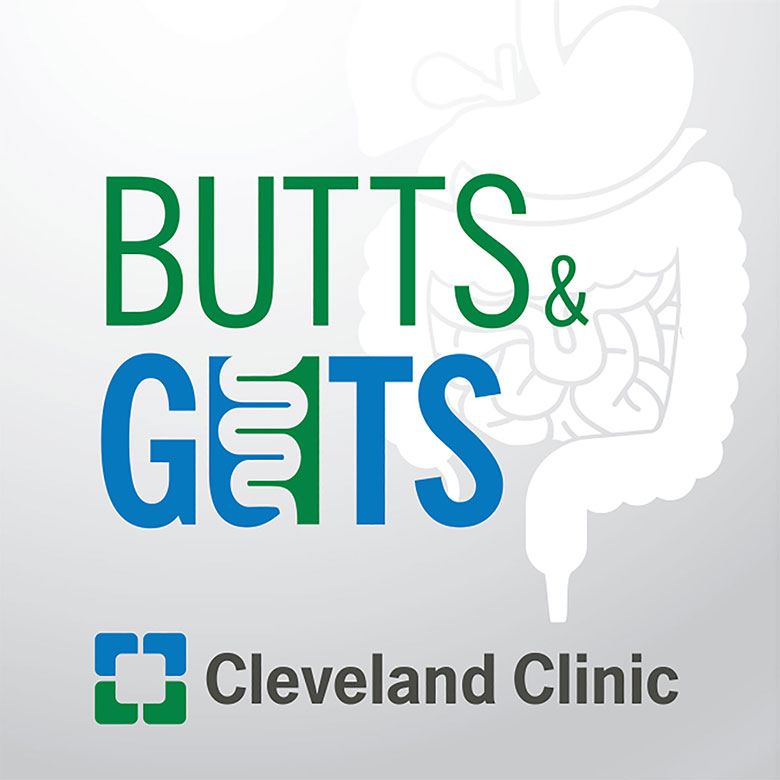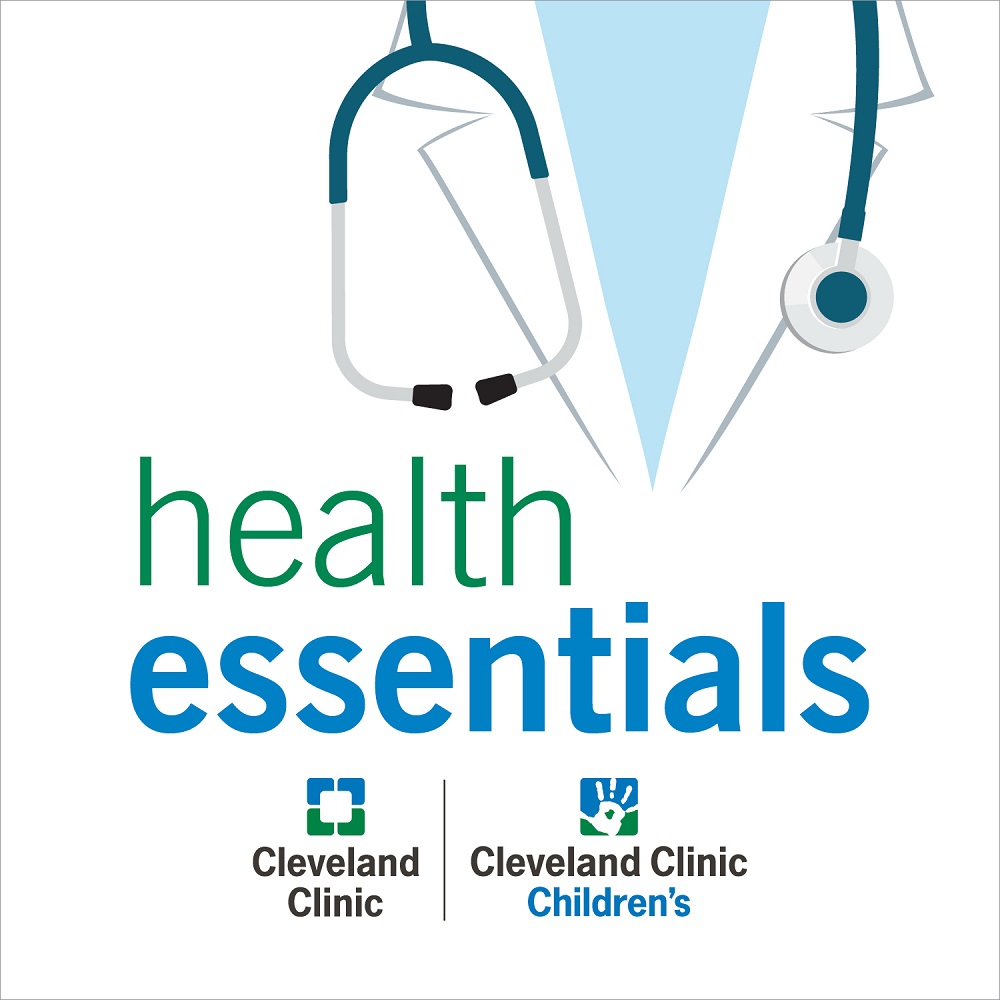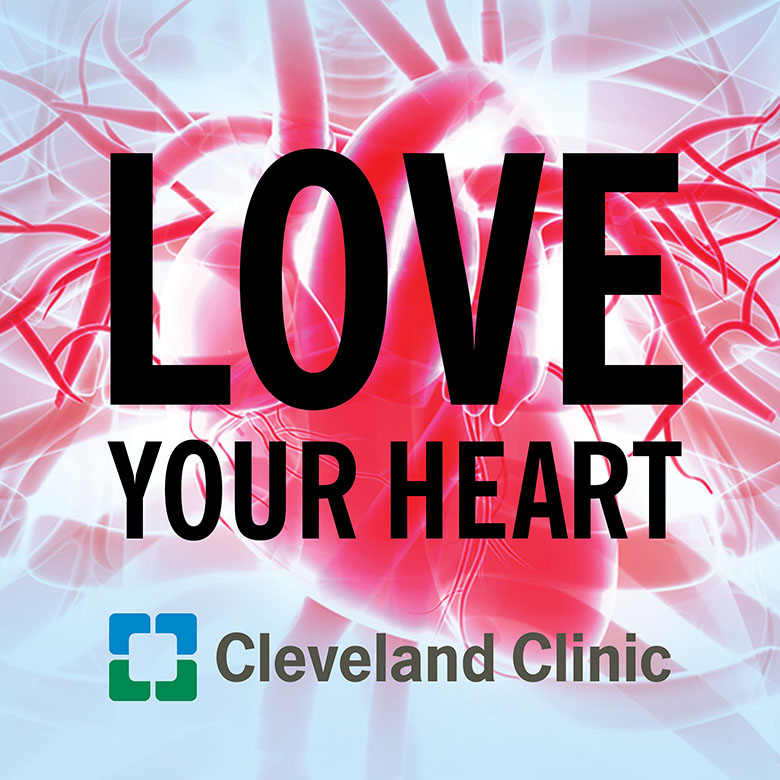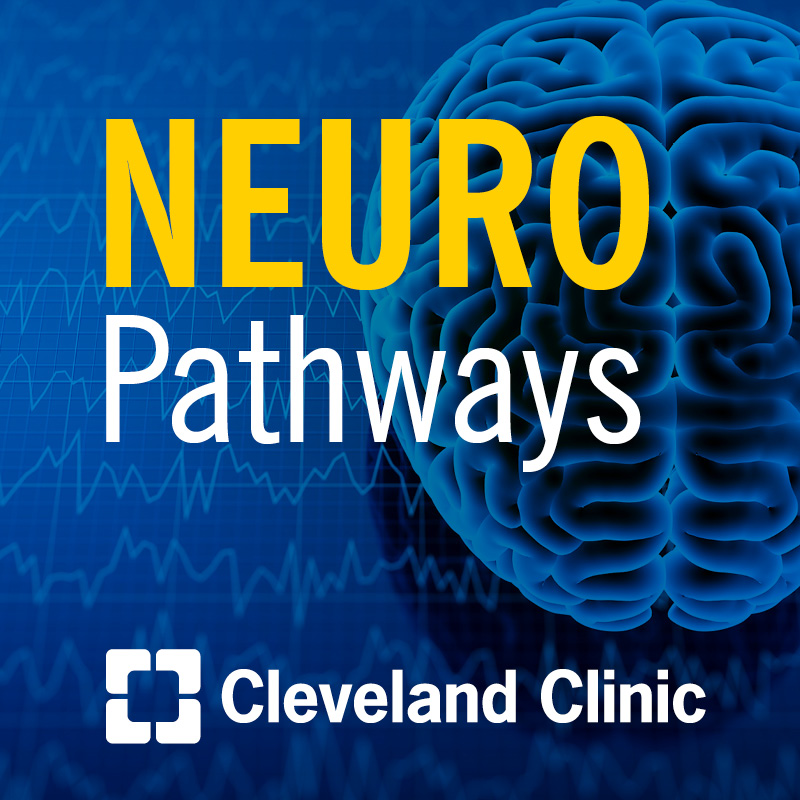Talking Tall Rounds: Cardiogenic Shock
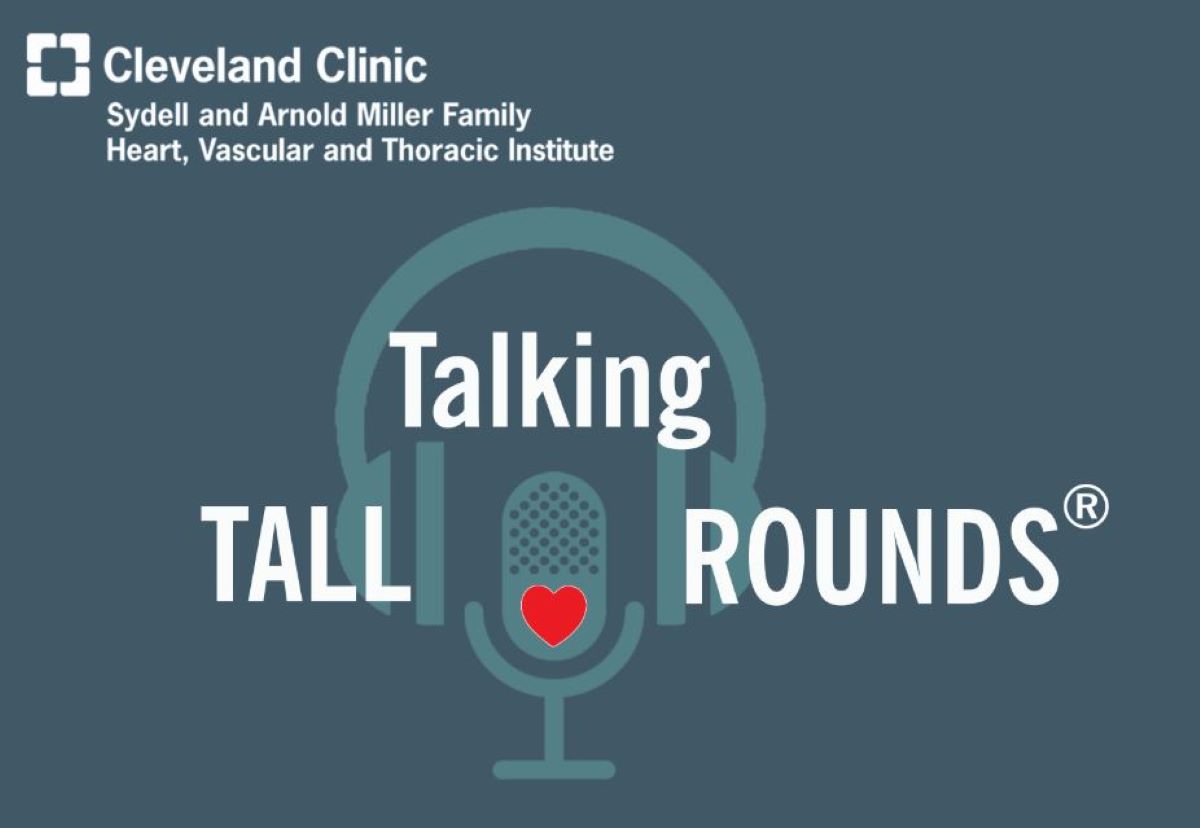
In this episode a cardiogenic shock case is presented, followed by Venu Menon, MD, providing an update on cardiogenic shock definitions and pathophysiology.
Watch the full Tall Rounds® and earn free CME.
Subscribe: Apple Podcasts | Podcast Addict | Buzzsprout | Spotify
Talking Tall Rounds: Cardiogenic Shock
Podcast Transcript
Announcer:
Welcome to the Talking Tall Rounds series, brought to you by the Sydell and Arnold Miller Family Heart, Vascular and Thoracic Institute at Cleveland Clinic.
Julia Simkowski, MD:
I'm going to be presenting a case of a woman in her early fifties who comes into the emergency room with worsening chest pain and shortness of breath. Her story starts with a mild COVID-19 URI that's managed outpatient. Four weeks later, she comes into the ED for the first time with chest pain and shortness of breath. Her high-sensitivity troponin is 200, and she's diagnosed with post-COVID pericarditis and started on a course of oral steroids.
A month later, she's seen by cardiology outpatient for a follow-up visit, and reports ongoing chest pain and fevers. An exercise stress echo is ordered and is read as normal.
A week after that, she comes back to the ED, this time with progressively worsening symptoms. She's still having chest pain, now with nausea, vomiting, lethargy, fevers and her high-sensitivity troponin is now up to 3,800.
This is her initial EKG. Due to concern for an anterior STEMI, the Cath Lab was activated and revealed no epicardial coronary disease. However, in the Cath Lab, she goes into sustained ventricular tachycardia, requiring amiodarone and lidocaine. A right heart catheterization is done and reveals a wedge pressure of 31, a mean PA pressure of 36, and reduced cardiac output and index. She's started on dobutamine, and she is then transferred to the main campus coronary care unit.
This is her echocardiogram in the apical four-chamber view at that initial ED visit five weeks prior. As you can see, on arrival to our intensive care unit, her biventricular function is severely reduced, with spontaneous echo contrast seen in the LV. That night, when she arrives to the unit, her rhythm is alternating between ventricular tachycardia and a high-grade AV block, and she is intermittently requiring transcutaneous pacing. Her lactate begins to rise to up until almost 7, and her mixed venous is dropping. At this time, her clinical picture is consistent with SCAI stage C to D cardiogenic shock.
At this time, the shock team is activated, and on evening of arrival to Cleveland Clinic, the patient is cannulated for VA-ECMO with an intra-aortic balloon pump for venting. Over the course of that evening, she's much more alert and aware, and she has immediate improvement in her arrhythmia, her lactate and her hemodynamics. She's given an empiric dose of pulse dose steroids and a right heart endomyocardial biopsy is obtained the following morning. On the right-hand side of the screen is the vascular access that was used for her cannulation. The next day, the pathology comes back quickly. On the path slides you can see there are giant cells, and there is a diffuse inflammatory lymphocytic infiltrate that gives a diagnosis of fulminant giant cell myocarditis.
So, this is the rest of her hospital course. We've so far covered just day one and day two. Early on in the course she has started on oral immunosuppression and advanced therapies evaluation is open. A few days after that, she has an echocardiogram with ECMO turned down and good recovery of the RV is noted. She's therefore downgraded to a right axillary Impella 5.5, and a week after that the Impella is removed.
She is as actually declined for transplant due to that remarkably improved ejection fraction and recovery over her stay with us, and she is discharged home on hospital day 30 after placement of an ICD and she's maintained on oral suppression.
On the left-hand side of the screen is that initial presentation echocardiogram that we've already seen, with an EF of around 5 to 10 percent, and on the right-hand side is just to exhibit just how remarkable her recovery was.
All right. So, to conclude, this was a case of a young woman in her fifties who came in very critically ill, and due to the prompt recognition of her shock state, and then also rapid activation of the shock team and our multidisciplinary action, she actually had a remarkably good recovery and is now at home with her family. Thank you.
Venu Menon, MD:
Julia described a wonderful case of cardiogenic shock, and I'm asked to talk about the definitions and pathophysiology. I think the first thing I would say is we all know cardiogenic shock when we see it. That's the easiest part to define, shock. Because when you actually look at it and you want to compare shock across institutions or shock compared to one trial compared to another, it's been extremely challenging. We have very few trials in this area, and what I've highlighted here is the definitions of cardiogenic shock in two trials in one registry. And you can actually see that in the last 30 years of treating cardiogenic shock, there's actually been only one trial where the hemodynamics of shock have been actually confirmed prior to randomization.
That being said, we all recognize that the presence of shock has three essential components. It's best described as an ineffective cardiac output to meet demand in the setting of an adequate intravascular status. So regardless of what that insult is, if you're not getting an adequate cardiac output and you've ensured your intravascular status is fine, you've got to suspect that the heart's just not keeping up.
And it's usually characterized in the clinical situation by three components.
One is hypotension. And hypotension, we usually use a systolic blood pressure less than 90, or the need for vasopressors to keep that systolic blood pressure around 90. But I will submit that there are a number of cases who end up being in cardiogenic shock who are not necessarily hypotensive and have borderline normal blood pressures as they succumb to the initial insult of hemodynamic instability.
The second is tachycardia, which is clearly a response to the hypotension. But there too, I would say there are a number of cases in the CICU where a patient is bradycardic because they're pacemaker dependent or they're metabolically deranged. And so, while tachycardia is a compensatory response, it may or may not be present.
I think what's really key is the presence of end organ hypoperfusion, because that's what is really defining the lack of cardiac compensation to support metabolic demand. And we define this in various ways in terms of decreased cerebral perfusion causing our patients to be confused, renal dysfunction because of decreased renal perfusion.
We always use this term cold clammy paraphrase, and that's what gets people in. But if you were to look at any registry, a good clinician by the bedside watching a thready pulse, watching vasoconstriction, this is probably the strongest predictor of someone actually being in shock. But we want to put some meat into it, so we usually add a lactate as a marker for hypoperfusion in this setting. And so, a biochemical increase in lactate, although a poor surrogate marker, is what we use in this setting.
The pathogenesis of shock is difficult to define, and I've just put-up slides here just to show how heterogeneous this entity is. Let me run through some of the routine cases of shock that we see in the cardiac ICU. Here on the top left is a person with a takotsubo induced cardiomyopathy with dynamic LV outflow tract obstruction. Similar apical ballooning here, this is someone presenting with a large LAD infarction. And then on the right is a hemodynamically significant pulmonary embolism, with the right ventricle acutely distending and dysfunctional. Here on the bottom, you see a papillary muscle head floating in the left atrium, you see pericardial tamponade, and then you see endocarditis with severe acute aortic regurgitation causing decompensation.
So, it's hard to really talk about the pathogenesis of shock because it remains such a heterogeneous entity. But that being said, the best place where we've been able to put some sort of definition to what shock is in the setting of an acute myocardial infarction really comes from the Shock Registry in acute myocardial infarction.
So, what we did do in the early days of the Shock Registry was we were able to clearly define that hypotension was not an essential component of shock. Vasodilation often occurred in shock, mimicking sepsis. And we came up as a result with this paradigm where in the setting of an acute myocardial infarction, what you had was a massive insult that led to a sudden drop in stroke volume. There was compensatory tachycardia, but you couldn't maintain cardiac output. It led to ischemia both in the infarct and in the non-infarct zone, that led to a perpetual cycle of ischemia begetting ischemia, resulting ultimately in circulatory collapse and death.
Shown on the right is our explanation for what we think caused the vasodilation that we see so often in a place where we put right heart catheters all the time in shock. What you do get in the setting of an acute injury is a tremendous vasodilatation because of nitric oxide release, and this nitric oxide release is both negative to the function of the heart, as well as causes peripheral vasodilatation. So, shock is not just a heart issue, it's a heart and peripheral, a circulatory collapse, and we best understand this in this fashion.
On the other hand, you can have a condition like sepsis induced cardiomyopathy. This is a case of a person who came into our CCU with a dramatic sudden onset pericardial effusion that was biogenic. And in this case, the heart is completely dysfunctional, just because of pure inflammatory response from the bacterial infection. And I'm sure as surgeons or call it the shock team for something like this, we know this is going to recover. You support them through the crisis, and you're going to get out of it.
It's also a very heterogeneous entity because what I've shown you here is outcomes of people who come into shock with established heart failure, versus those who come in with new onset heart failure without any prior diagnosis of heart failure. They're very, very different. This is our experience from the C3TN database across 30 CICUs around the country. Shown here are those who present in de novo heart failure versus those who present with acute on chronic heart failure. You can see the prognosis of patients with acute on chronic heart failure is much better than those who present with de novo sudden onset heart failure, because there's no compensatory mechanisms here. This is just sudden tremendous insult in this setting.
And I think as we look in an era where we've now got these circulatory devices, where we make the most impact is in acute injury, especially acute reversible injury, because these temporary devices now are allowing us to prevent the consequences of end organ injury in the setting of hemodynamic collapse, and we know that we don't need an exit strategy in these cases.
And so, as we go through the rest of the talk, this is the way we look at the management of shock today. There are certainly people who walk in in shock where futility is appropriate, and those we should not embark on invasive therapies. They're difficult to define at three o'clock in the morning, but there's certainly cases all of us know should not go down this path.
For others in shock, there are those who have reversible conditions and those who don't. We don't have time to adjudicate that at three in the morning. We bridge them with support, as you're going to see in the remainder of the talk.
The ones with reversible dysfunction will improve, and in those we will withdraw care and the outcomes in the long-term are excellent.
For the remainder, we use that time on the bridge to make a decision as to whether they have a reasonable exit strategy. If they do, we consider something like a durable VAD or a transplant, and those are a very small minority of patients in this country. For those who don't have an exit strategy, we employ palliative care methods and allow them a dignified passage in their life.
And so, I'll end there, and I look forward to the rest of the talk. Thank you.
Announcer:
Thank you for listening. We hope you enjoyed the podcast. Like what you heard? Visit Tall Rounds online at clevelandclinic.org/tallrounds, and subscribe for free access to more education on the go.
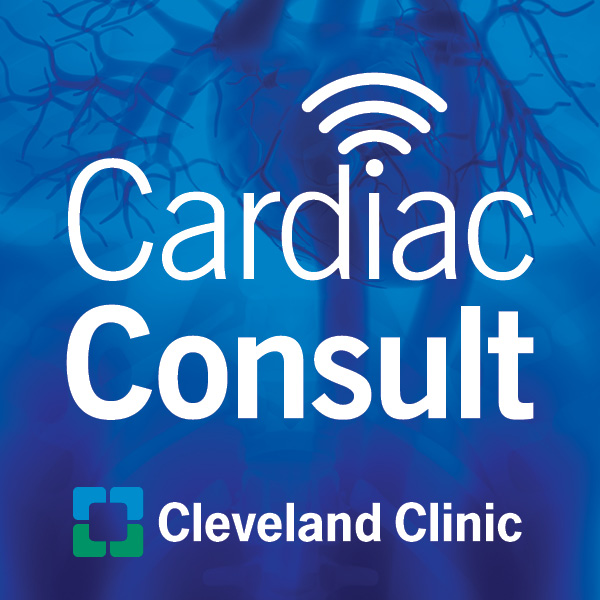
Cardiac Consult
A Cleveland Clinic podcast exploring heart, vascular and thoracic topics of interest to healthcare providers: medical and surgical treatments, diagnostic testing, medical conditions, and research, technology and practice issues.
